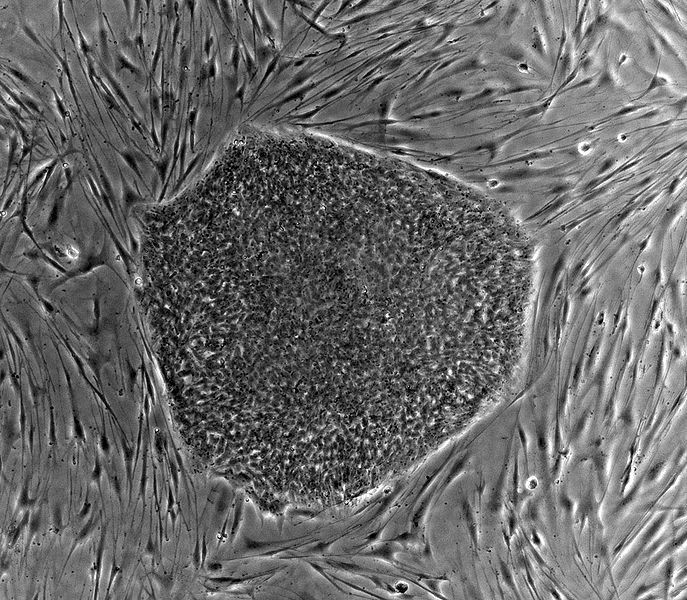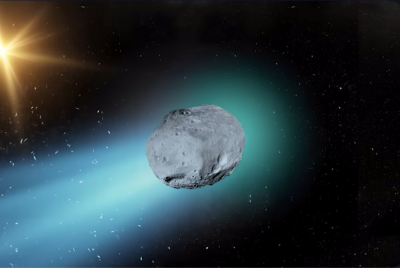Purified Fat Stem Cells Can Grow Bone Faster, Say Scientists

Scientists from the University of California have discovered a way to eliminate painful bone grafts by using purified fat stem cells to grow a bone. They claim that adipose, or fat, tissue is thought to be an ideal source of mesenchymal stem cells that can be developed into bone, cartilage, muscle and other tissues. These cells are plentiful and an easily be obtained through procedures like liposuction.
Traditionally, cells taken from fat had to be cultured for weeks to isolate the stem cells which could become bone. This method had lot of risk of developing infection and genetic instability. Another way to grow a bone was through stromal vascular fraction (SVF) method.
Now scientists have used a cell-sorting machine to isolate and purify human perivascular stem cells (hPSC) from adipose tissue and showed that the cells worked far better than traditional methods in creating bone.
"The purified human hPSCs formed significantly more bone in comparison to the SVF by all parameters," said Dr Chia Soo, researcher at the University of California. "And these cells are plentiful enough that patients with not much excess body fat can donate their own fat tissue."
Scientists' claim that fat stem cells are ideal for developing bone much faster and the bone cultivated from the stem cells are likely to have much better quality than bone grown using traditional methods.
"People have shown that culture-derived cells could grow bone, but ours are a fresh cell population, and we didn't have to go through the culture process, which can take weeks," Soo said. "The best bone graft is still your own bone, but that is in limited supply and sometimes not of good quality. What we show here is a faster and better way to create bone that could have clinical applications."
Scientists believe that in future this method will be used to harness a healthy bone. Doctors would take stem cells from the patient's fat tissue, purify that into hPSCs, and replace the patient's own stem cells with hPSCs and NELL-1 in the area where bone is required.
The hPSCs with NELL-1 could grow into bone inside the patient, eliminating the need for painful bone-graft harvestings. The goal is for the process to isolate the hPSCs and add the NELL-1 with a matrix or scaffold to aid cell adhesion in less than an hour, according to the scientists.
"Excitingly, recent studies have already demonstrated the utility of perivascular stem cells for regeneration of disparate tissue types, including skeletal muscle, lung and even myocardium," said Bruno Péault, a professor of orthopedic surgery at the University of California, Los Angeles.
"Further studies will extend our findings and apply the robust osteogenic potential of hPSCs to the healing of bone defects," he concluded.
© Copyright IBTimes 2025. All rights reserved.



















